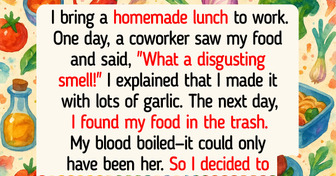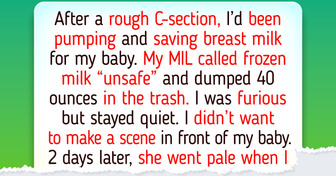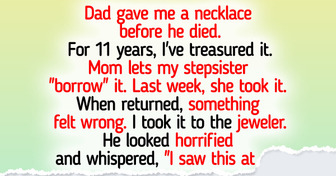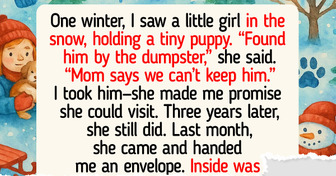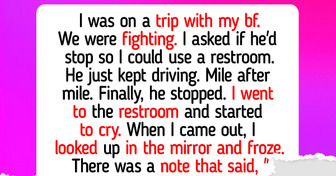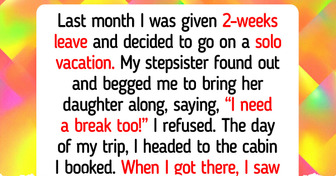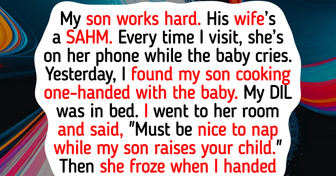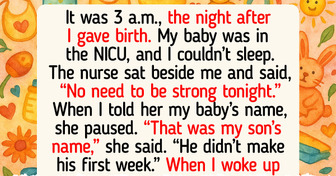My Stepmother Tried to Claim My Dad’s Legacy After He Passed — She Didn’t Expect My Next Move
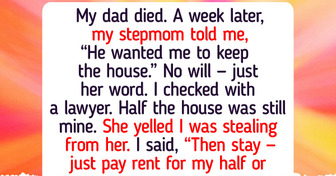
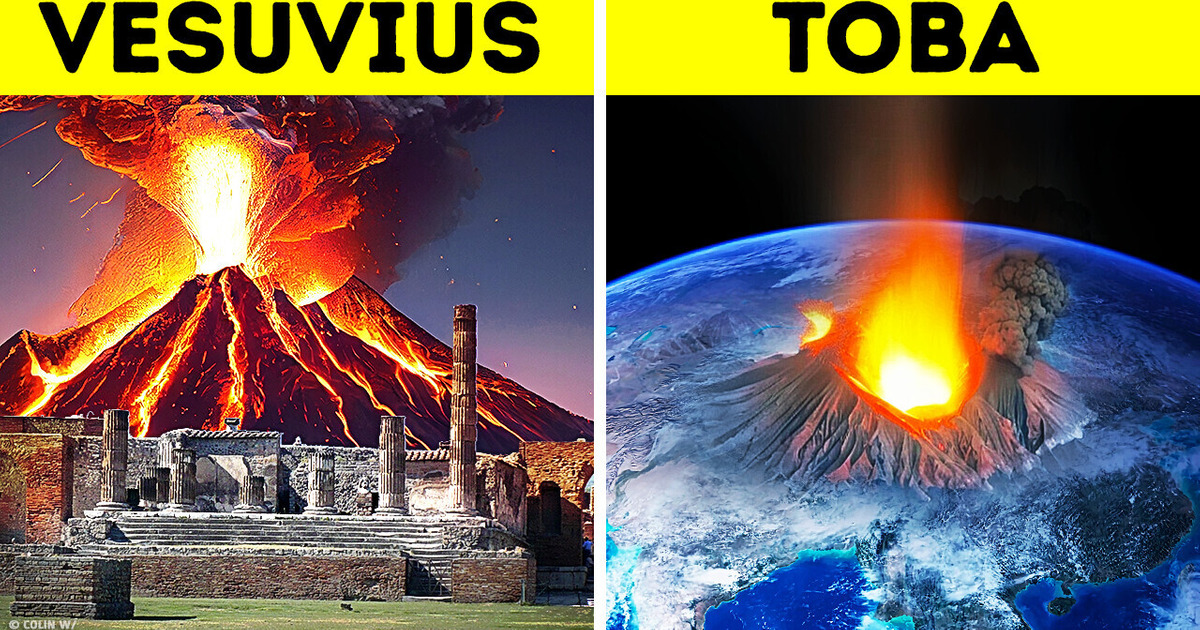
One of the largest apocalypses that humanity has experienced happened about 74,000 years ago on the territory of modern Indonesia. It was an eruption of a supervolcano on Mount Toba. It was also the biggest eruption on Earth over the last 2 million years. Even the tragedy of Pompeii, when the volcano Vesuvius destroyed the entire city, was not so large-scale.
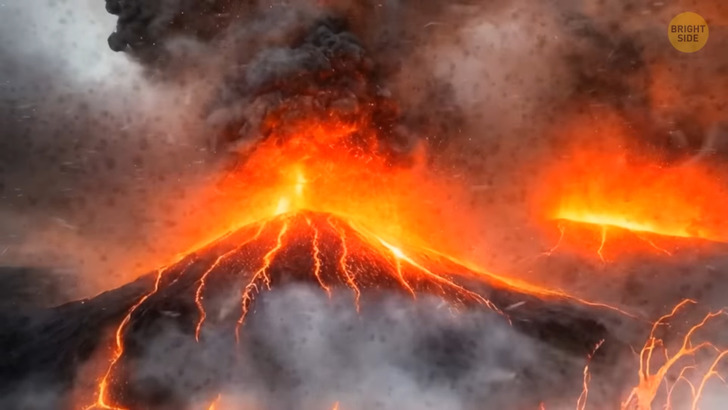
At the time of the Toba eruption, humanity was as close to extinction as ever. And the problem wasn’t in the volcano itself, but in the consequences that came after. Some studies suggest that 3 to 10 thousand people could survive the period after the eruption. During the disaster, Toba released millions of tons of volcanic ash and soot. This cloud spread across the sky blocking the Sun in India, Indonesia, and over the Indian Ocean.
Some scientists claimed the world had been plunged into volcanic winter for several decades. Take a look out the window in cloudy weather. Do you see how gray clouds cover the sky? But still, clouds let the sunlight pass through. It was much worse during the Toba eruption since sulfur dioxide in the volcanic ash reflected sunlight.
Dust and ashes didn’t settle for a long time. Perhaps, they flew all over the planet destroying many living things. A lot of plants couldn’t survive because of the lack of sunlight. Also, Earth’s temperature dropped by several degrees, which led to new disasters. In today’s modern world, the temperature doesn’t affect residents of our cities that much.
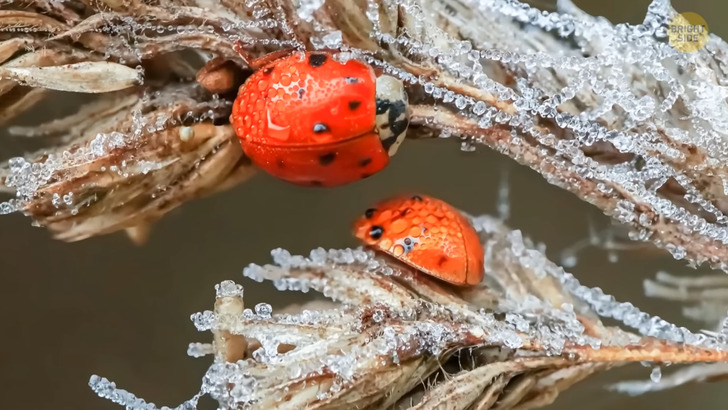
But for nature, even minor changes may entail catastrophic consequences. For example, plants and insects can live at the same temperature for thousands of years. But a sharp cold snap destroys them. This leads to the fact that almost all animals don’t get enough food to feed their offspring.
The population of all creatures in the wild is dropping. The ancient people of that time survived by hunting herbivores and gathering berries, fruits, and mushrooms. But the eruption destroyed almost all of it. Also, a lack of light caused a lack of vitamin D. As a result, people were starving, and they also were pretty depressed.
However, some scientists think that many people survived this period quite easily. Especially those who lived on the coast of South Africa. The ocean received the most minor damage from the disaster. And tribes who lived near the water caught a lot of fish. Both versions haven’t yet been proven. Scientists still try to build an accurate picture of human development after this volcanic apocalypse.
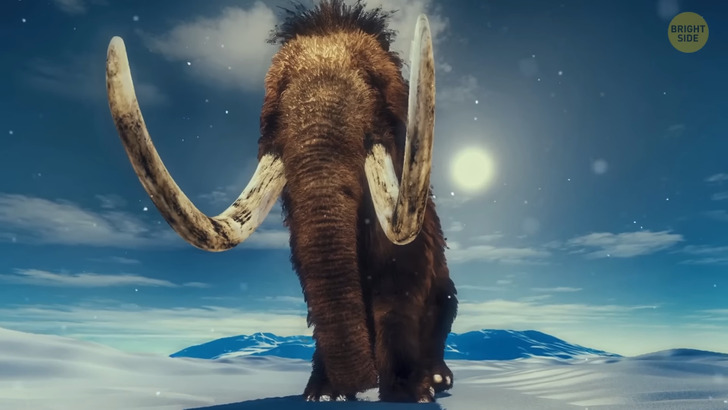
About 50,000 years after the Toba eruption, when the Sun had finally passed through the gray clouds, and the ash settled on the ground, nature and people began to restore the previous balance. But the warm times quickly didn’t start as the Ice Age had already begun.
And this problem was much more severe, as it lasted for thousands of years. Decreased solar activity and planet orbit changes led to strong temperature drops. Eternal cold covered almost the globe, forcing all living beings to migrate and struggle for survival.
Such powerful animals as mammoths and saber-toothed tigers couldn’t survive the ice age. But Homo Sapiens was able to adapt to the new weather conditions. People hid in caves, made fires, and improved their hunting skills. Therefore, in a sense, the ice age made humanity stronger.
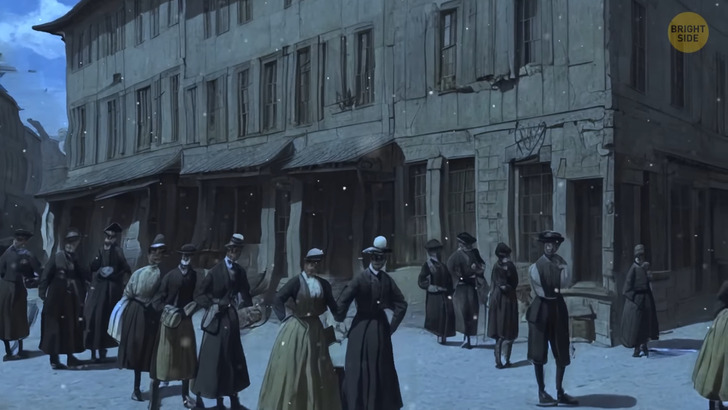
In the modern world, such weather can cause significant problems for the global economy and create financial crises worldwide. The last period similar to the Ice Age happened at the beginning of the 19th century. Mount Tambora in Indonesia exploded and released millions of tons of pumice, soot, and volcanic ash into the sky.
People who lived on a volcanic island got the most severe damage in the first few minutes. But then, the eruption’s consequences began to reach the whole world. Volcanic ash again blocked sunlight and led to one of the coldest years in North America and Eurasia.
This year, 1816, is better known in history as the “year without summer.” The ash cloud increased humidity and lowered the temperature in many areas. In the summer of 1816, in Central and Western Europe and North America, a humid climate and cold destroyed the harvest. Prices for goods rose, and poor people lost access to food. Logistics and transport also suffered.
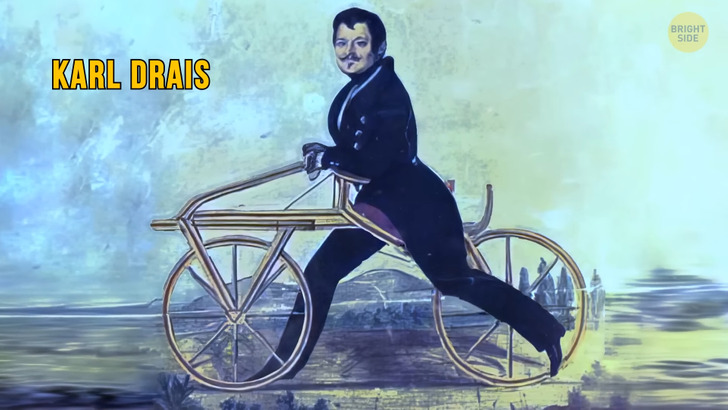
People used horses to move around at that time. And since oats also became expensive, many couldn’t afford to keep these animals. Many believe these circumstances inspired the inventor Karl Drais to create the world’s first bicycle.
Also, there’s a theory that the Tambora eruption helped invent Frankenstein. Several writers, including Byron and Shelley, gathered in a villa in Switzerland, where they began to write fantastic stories. Bad weather and rain outside the window inspired Mary Shelley to write a story about Dr. Frankenstein and his monster. Even now, this volcano is active, but it’s not going to wake up anymore.
But if it happens again, will we be ready this time? Most likely, there will be fewer consequences since we have technologies, big incubators, and greenhouses where we grow livestock, vegetables, and fruits. Of course, winter will provoke a crisis all year round, but we can easily survive it.
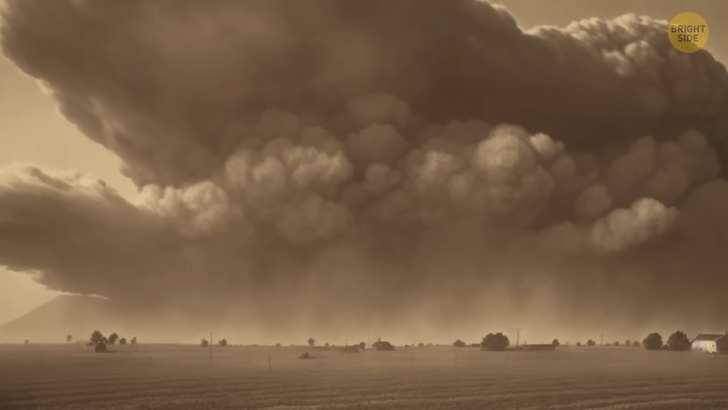
In the 1930s, another disaster occurred. But this time, it was caused not only by nature but also by people. At that time, many countries were heavily dependent on crops. Vast territories were sown with them. People were engaged in excessive farming. Therefore, when a severe drought began, the soil was quickly depleted. The ground ran out of nutrients necessary for the growth of wheat and corn.
This led to the fact that the top layer of soil was turned into tiny dust. Then, west-easterly winds hit such states as Colorado, Nebraska, Texas, and Oklahoma. They rose the dust into the air and formed thick clouds. This period is considered the most challenging time of the Great Depression.
It’s the Dust Bowl. It lasted 8 years and forced many people to leave their homes and move to other states. Dust storms got so strong that they blocked the sun in Washington, DC. Whole cities were covered with rain from sand which caused problems with breathing. Even the captains of ships sailing in the Atlantic Ocean reported polluted air.
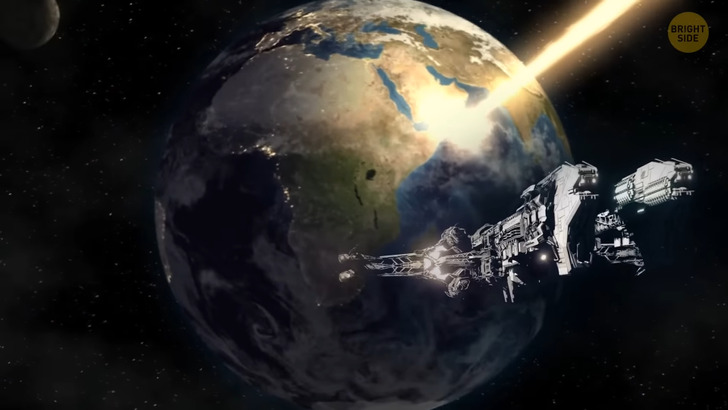
Powerful earthquakes, supervolcano eruptions, floods, fires, and hurricanes — swept whole species of animals off the planet. But a human has always survived in the most challenging conditions. So don’t worry about the next global catastrophe. People will handle it...we hope so.
But what if some global catastrophe happens, for example, a huge meteorite falls, or the atmosphere gets poisoned? In this case, it’d be best to find a remote island. Or fly to the Moon. The main thing is to have the opportunity to return. After all, sooner or later, the apocalypse ends, and Earth will be as good as new, probably.
Another option is to live in an underground bunker with large reserves of food and oxygen. About 8 billion people are living in the world. For humanity to prosper again after the apocalypse and restore its population, 100-500 hundred will be enough. There have been cases in world history when small tribes numbering a few hundred people have lived for centuries and even millennia.
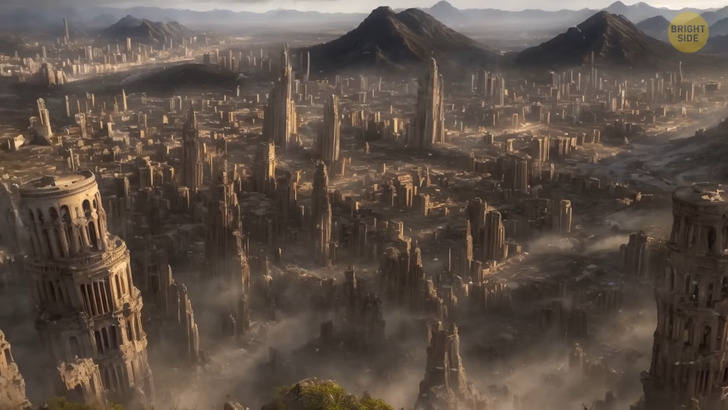
However, to do this, you’d have to leave megacities. Big towns only import food. They are heavily dependent on farm fields and crops. During some global catastrophe, no one would give food to the cities. Hunger would lead to complete chaos.
To live well, people would need to escape from their towns and repeat the practice of those who lived in the early Neolithic period. It was about 12,000 years ago, just after the end of the last ice age. People at that time lived separately in small villages.
The population of each of them was from a couple of hundred to a thousand people. They lived independently, provided food, and made big families. In fact, it’s not such a bad option after the apocalypse — to grow vegetables on a small farm, eat healthy food and enjoy nature.

